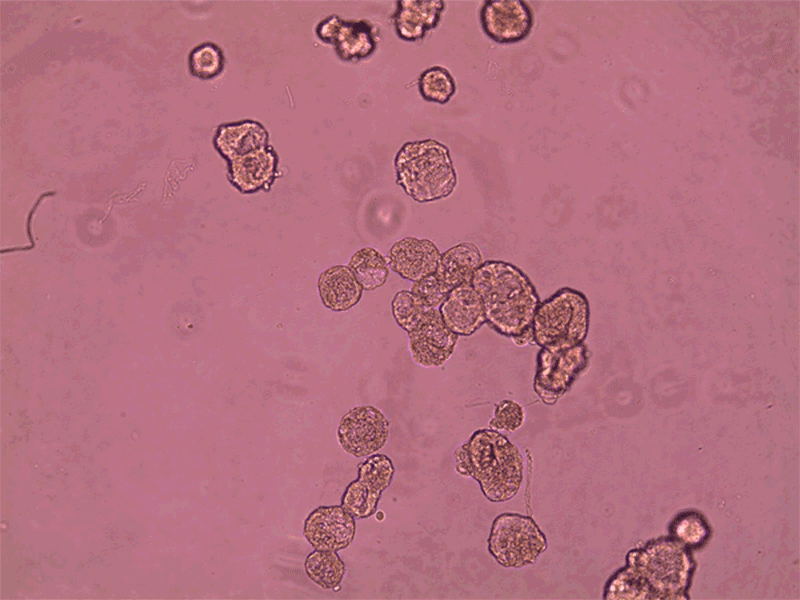I recently came across some research from a team of scientists at Tufts University in Massachusetts, describing their development of ‘anthrobots’. For those like myself, who have never heard of this before, anthrobots are spheres of human tracheal cells that are grown in vitro to form spheroids of a few hundred cells each. The cilia on the outside cells allows the anthrobots to “swim” in patterns, prompting Levin and his team to consider their potential as therapeutic agents.

Levin and his team tested the therapeutic potential of anthrobots to heal a layer of neural tissue that had been damaged by a scratch. They observed that the anthrobots joined together to form a ‘superbot’ – sounds cool, right? What’s even cooler is that after 3 days of incubating the damaged neural tissue with the ‘superbot’, the tissue was completely healed! This surprised the team as this happened without any genetic modification, just the anthrobot’s own functionality. As stated by co-author of the study, Gizem Gumuskaya, it was “not obvious that you’re going to get that kind of response”, prompting the team to think of the wider applications.

Your blog begins well by introducing the concept of anthrobots and their development, but it feels incomplete. Delve deeper into tissue engineering, identifying gaps that anthrobots could potentially fill. Be critical of limitations and conclude by reflecting on how this research influenced your perspective. Use the remaining words to improve reader understanding.